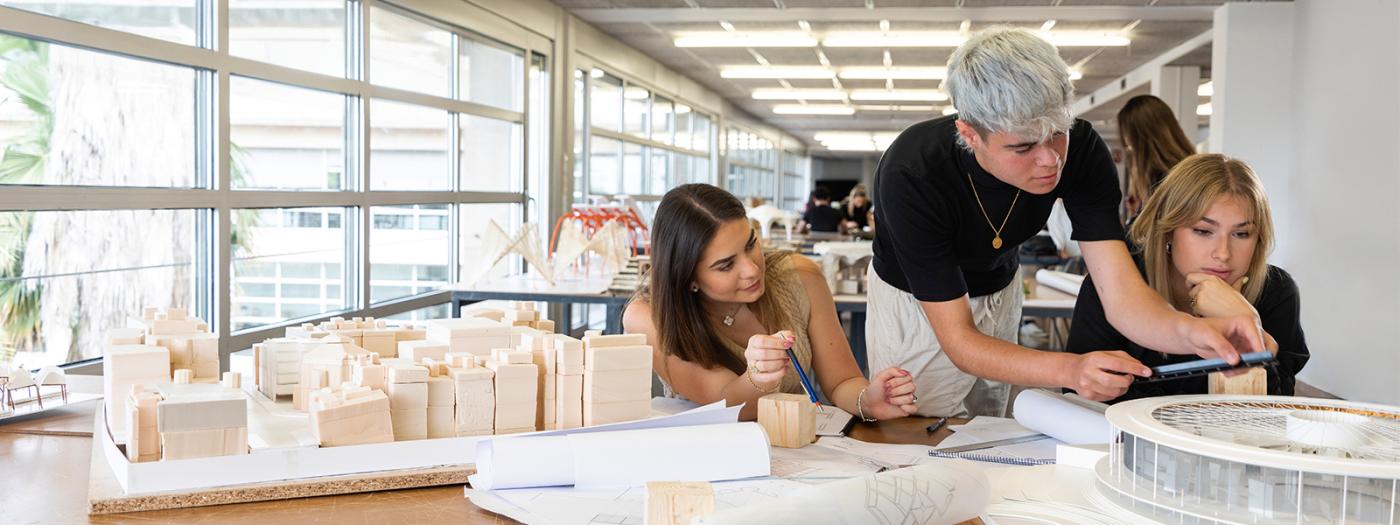Identify the different episodes of modern architecture in various contexts, following the Second World War and up until the end of the 20th century: works, places, protagonists, writings. Associate artistic and architectural project strategies with modernity's works.
Ability to analyze architectural works from their conception, in relation to their location, construction, and form. Organize a personal library of architectural, artistic, and documentary references, not as isolated departments, but with cross-references.
Be aware of the relevance of ancient works, their essential and timeless values. Show initiative in connecting recent episodes to architectural actions throughout ancient history. Have the ability to spatially, constructively, and argumentatively record the architectural experience.
Learn to locate documentation, filter, discern, and classify information, and ultimately synthesize ideas and develop an original discourse with order, clarity, and precision, in oral, written, and graphic formats. Participate in debates by contributing to and respecting different points of view within the workgroup and the class group.
This course covers the historical period from the end of World War II to the final decades of the 20th century. With the principles of modernity firmly established, the course examines, in a cross-cutting manner, the various developments, interpretations, and emphases through which architecture evolved in different geographic regions.
Diversity of approaches and formats is encouraged to promote a plural and critical reading of the history of architecture. This approach allows each student to build their own encyclopedia of examples, which they can refer to in the practice of architectural design and their intellectual development.
The course is divided into five blocks, each spanning two teaching weeks. It addresses cross-cutting themes illustrated with various architectural events. The blocks are: 1. Rethinking Tradition_2. Building with Nature_3. Structure as a Shaper_4. Urban Utopias_5. Community Living.
This course deals with architecture at a higher level of complexity compared to previous courses, fostering students' positioning in relation to the current moment, awakening their critical thinking, and nurturing their sense of service as future architects.
In each of the thematic blocks, the focus will be on several representative architectural examples placed in their chronological and geographical context. Architecture will be analyzed based on its essential project characteristics, from site planning to construction detail, while also revisiting its conception at different stages of the project and establishing connections with other works from the past and present to highlight the relevance of its aesthetic values.
Simultaneously, the study of artworks in various formats that surround the discipline of architectural designsuch as painting, sculpture, photography, cinema, etc.will be encouraged, along with the reading of critical texts, both contemporary and historical.
Each thematic block is organized around three fundamental axes: lectures, specific exercises either before or after the lectures, and a continuous practice throughout the course. This practice will focus on a building or urban context that corresponds in chronology, promoting direct experience with architecture and a sense of responsibility toward built heritage.
Real Events
Lectures
Exams
Assignments
Internal/External Reports
Exercises, Problems, Practices
Projects
Group/Individual Presentations
Self-Evaluation
Class Participation/Attendance
Critiques by a Panel/Jury
